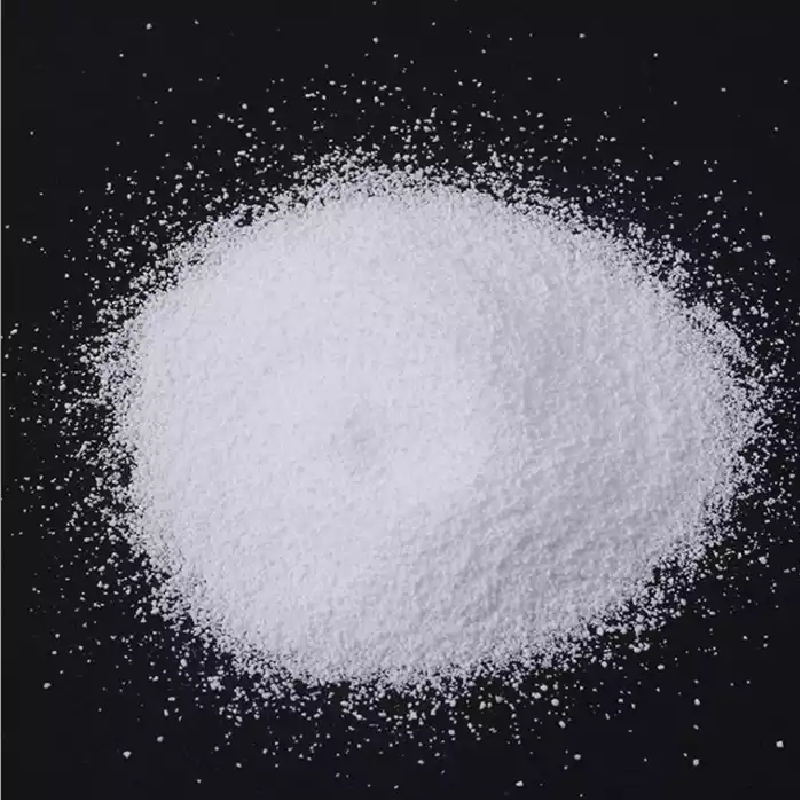Warning: Undefined array key "title" in /home/www/wwwroot/HTML/www.exportstart.com/wp-content/themes/1198/header.php on line 6
Warning: Undefined array key "file" in /home/www/wwwroot/HTML/www.exportstart.com/wp-content/themes/1198/header.php on line 7
Warning: Undefined array key "title" in /home/www/wwwroot/HTML/www.exportstart.com/wp-content/themes/1198/header.php on line 7
Warning: Undefined array key "title" in /home/www/wwwroot/HTML/www.exportstart.com/wp-content/themes/1198/header.php on line 7
- Afrikaans
- Albanian
- Amharic
- Arabic
- Armenian
- Azerbaijani
- Basque
- Belarusian
- Bengali
- Bosnian
- Bulgarian
- Catalan
- Cebuano
- China
- China (Taiwan)
- Corsican
- Croatian
- Czech
- Danish
- Dutch
- English
- Esperanto
- Estonian
- Finnish
- French
- Frisian
- Galician
- Georgian
- German
- Greek
- Gujarati
- Haitian Creole
- hausa
- hawaiian
- Hebrew
- Hindi
- Miao
- Hungarian
- Icelandic
- igbo
- Indonesian
- irish
- Italian
- Japanese
- Javanese
- Kannada
- kazakh
- Khmer
- Rwandese
- Korean
- Kurdish
- Kyrgyz
- Lao
- Latin
- Latvian
- Lithuanian
- Luxembourgish
- Macedonian
- Malgashi
- Malay
- Malayalam
- Maltese
- Maori
- Marathi
- Mongolian
- Myanmar
- Nepali
- Norwegian
- Norwegian
- Occitan
- Pashto
- Persian
- Polish
- Portuguese
- Punjabi
- Romanian
- Russian
- Samoan
- Scottish Gaelic
- Serbian
- Sesotho
- Shona
- Sindhi
- Sinhala
- Slovak
- Slovenian
- Somali
- Spanish
- Sundanese
- Swahili
- Swedish
- Tagalog
- Tajik
- Tamil
- Tatar
- Telugu
- Thai
- Turkish
- Turkmen
- Ukrainian
- Urdu
- Uighur
- Uzbek
- Vietnamese
- Welsh
- Bantu
- Yiddish
- Yoruba
- Zulu
Desemba . 24, 2024 03:02 Back to list
Comprehensive Guide to the Adipic Acid Manufacturing Process and Techniques
Manufacturing Process of Adipic Acid A Detailed Overview
Adipic acid, a dicarboxylic acid with the formula C6H10O4, plays a crucial role in the chemical industry. It serves as a key precursor in the production of nylon 6,6, a synthetic polymer widely used in textiles, plastic components, and engineering materials. The manufacturing process of adipic acid has evolved over the years, reflecting advancements in chemical engineering, environmental considerations, and safety measures. This article provides a detailed overview of the primary methods employed in the production of adipic acid, highlighting both traditional and innovative approaches.
Historically, the most common method for synthesizing adipic acid involved the oxidation of cyclohexanol and cyclohexanone, collectively referred to as KA oil. This method typically utilizes nitric acid as the oxidizing agent. The reaction begins with the conversion of cyclohexanol into cyclohexanone, followed by further oxidation to produce adipic acid. The overall chemical reactions can be summarized as follows
1. Oxidation of Cyclohexanol \[ C6H12O \, + \, O2 \, \rightarrow \, C6H10O \, + \, H2O \]
2. Oxidation of Cyclohexanone \[ C6H10O \, + \, O2 \, \rightarrow \, C6H10O4 \]
The nitric acid used in these reactions leads to the formation of nitrogen oxides (NOx) as by-products, which pose significant environmental challenges. The process also requires careful control of reaction conditions to maximize yield and minimize the formation of undesirable by-products.
'manufacturing process of adipic acid a detailed overview of'

In response to environmental concerns, alternative methods have emerged, including the more recent catalytic processes. These methods aim to reduce the environmental impact and enhance process efficiency. A notable approach involves the use of renewable resources, such as biomass, to produce starting materials for adipic acid synthesis. For instance, the fermentation of sugars to produce intermediates like 1,4-butanediol, followed by oxidation, represents a promising route to adipic acid. This biotechnological approach not only reduces reliance on fossil fuels but also lowers the carbon footprint associated with its production.
Another innovative technique involves the use of a selective oxidation catalyst in the presence of molecular oxygen. This method uses cyclohexane directly as a feedstock and employs advanced catalysts that enhance selectivity towards adipic acid while minimizing competing reactions. This shift to more sustainable methods is supported by ongoing research and development aimed at optimizing catalysts and reaction conditions.
After its synthesis, adipic acid undergoes rigorous purification processes to achieve the desired grade suitable for industrial applications. Common methods of purification include crystallization and distillation, which help separate adipic acid from any residual impurities or by-products. The purity of the final product is crucial, especially for applications in the textile and automotive industries, where the presence of contaminants can affect the performance characteristics of the final products.
Upon purification, adipic acid can be used to manufacture a wide variety of materials. In addition to nylon 6,6, adipic acid is also utilized in the production of plasticizers, synthetic lubricants, and food additives, showcasing its versatility in diverse applications.
In conclusion, the manufacturing process of adipic acid has been significantly influenced by advancements in chemical technology and growing environmental concerns. While traditional methods relying on cyclohexanol and cyclohexanone oxidation remain prevalent, new methods utilizing biomass and selective oxidation are paving the way for more sustainable and efficient production practices. As industry trends continue to evolve towards sustainability, the future of adipic acid production looks promising, with potential for reduced environmental impact and improved economic viability.
Latest news
-
Certifications for Vegetarian and Xanthan Gum Vegetarian
NewsJun.17,2025
-
Sustainability Trends Reshaping the SLES N70 Market
NewsJun.17,2025
-
Propylene Glycol Use in Vaccines: Balancing Function and Perception
NewsJun.17,2025
-
Petroleum Jelly in Skincare: Balancing Benefits and Backlash
NewsJun.17,2025
-
Energy Price Volatility and Ripple Effect on Caprolactam Markets
NewsJun.17,2025
-
Spectroscopic Techniques for Adipic Acid Molecular Weight
NewsJun.17,2025

